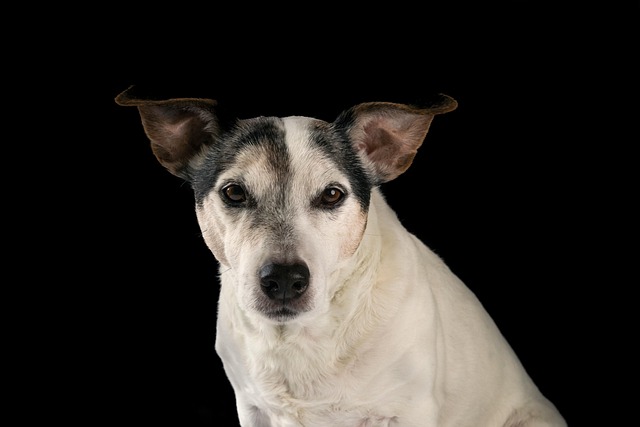
How do i train my dog to be obedient?
Watching your dog dart across the park ignoring your calls isn’t just frustrating—it can put them at risk near busy streets or public spaces.
Some dog breeds make potty training feel like solving a puzzle with missing pieces—not because they’re being difficult, but because their instincts and personalities stack the deck. Take the Beagle, for instance. Those floppy ears and soulful eyes hide a nose that’s always on high alert. One whiff of a neighborhood cat’s trail or a leftover sandwich crust, and suddenly your “go potty” command vanishes into thin air. Their history as scent hounds, bred to follow trails for hours, means focus isn’t their strong suit during training—you’ll need pocketfuls of treats and a game-like attitude to keep them on track.
Then there’s the Shih Tzu, a breed that seems to march to its own beat. These little lions were bred as companions, not workers, so they’re more likely to stare at you like you’re speaking another language when you point to the door. Their small size works against them too; a bladder the size of a plum means accidents happen fast, especially in busy city apartments where elevators or stairs slow down outdoor trips. Many urban areas in Europe and North America fine owners for unchecked messes, so sticking to a tight schedule—after breakfast, post-nap, before bedtime—is non-negotiable.
 The Siberian Husky is another contender. Built to pull sleds across frozen tundras, they’re wired for endurance and independence. Tell them to “go” in the yard, and they might decide it’s a better time to dig a hole or howl at a passing bird. Huskies thrive on routine, but they’ll test boundaries—skip a morning walk, and you’ll regret it. It’s also worth noting that in places like Germany or Canada, leaving dogs tied up outside for extended potty breaks can land you in legal hot water, so training sessions need to be active, supervised, and consistent.
The Siberian Husky is another contender. Built to pull sleds across frozen tundras, they’re wired for endurance and independence. Tell them to “go” in the yard, and they might decide it’s a better time to dig a hole or howl at a passing bird. Huskies thrive on routine, but they’ll test boundaries—skip a morning walk, and you’ll regret it. It’s also worth noting that in places like Germany or Canada, leaving dogs tied up outside for extended potty breaks can land you in legal hot water, so training sessions need to be active, supervised, and consistent.
Small terriers, like the Jack Russell, bring their own chaos. Bred to hunt rodents, they’re hyper-focused on movement and action, which means a squirrel darting up a tree can derail 10 minutes of progress. Their high energy means they need more frequent potty breaks, but they’ll resist if they think playtime is being cut short. Positive reinforcement here isn’t just a nice idea—it’s the only way to keep their attention long enough to learn.
At the end of the day, no breed is impossible. It’s about matching their needs to your routine, staying patient, and always knowing the local rules—like picking up waste or keeping them leashed in public spaces. With time, even the most stubborn pup will get the hang of it.

Watching your dog dart across the park ignoring your calls isn’t just frustrating—it can put them at risk near busy streets or public spaces.

New puppy owners often find themselves rushing to clean up accidents before they set in, and that’s where puppy pad training becomes a game-changer.

If you've noticed your dog's waistline disappearing and your veterinarian has mentioned those few extra pounds, your first instinct might be to simply reduce the amount of food in their bowl.

Training a dog to use a designated spot indoors isn’t as daunting as many new owners fear, but it does take consistency and an understanding of your pet’s needs.

That moment of dread on a walk is all too familiar for many new dog owners. You see another dog approaching down the sidewalk of your neighborhood

If the sight of another dog on your neighborhood walk makes your heart sink as your own dog erupts into a frenzy of barking and lunging, you're not alone.